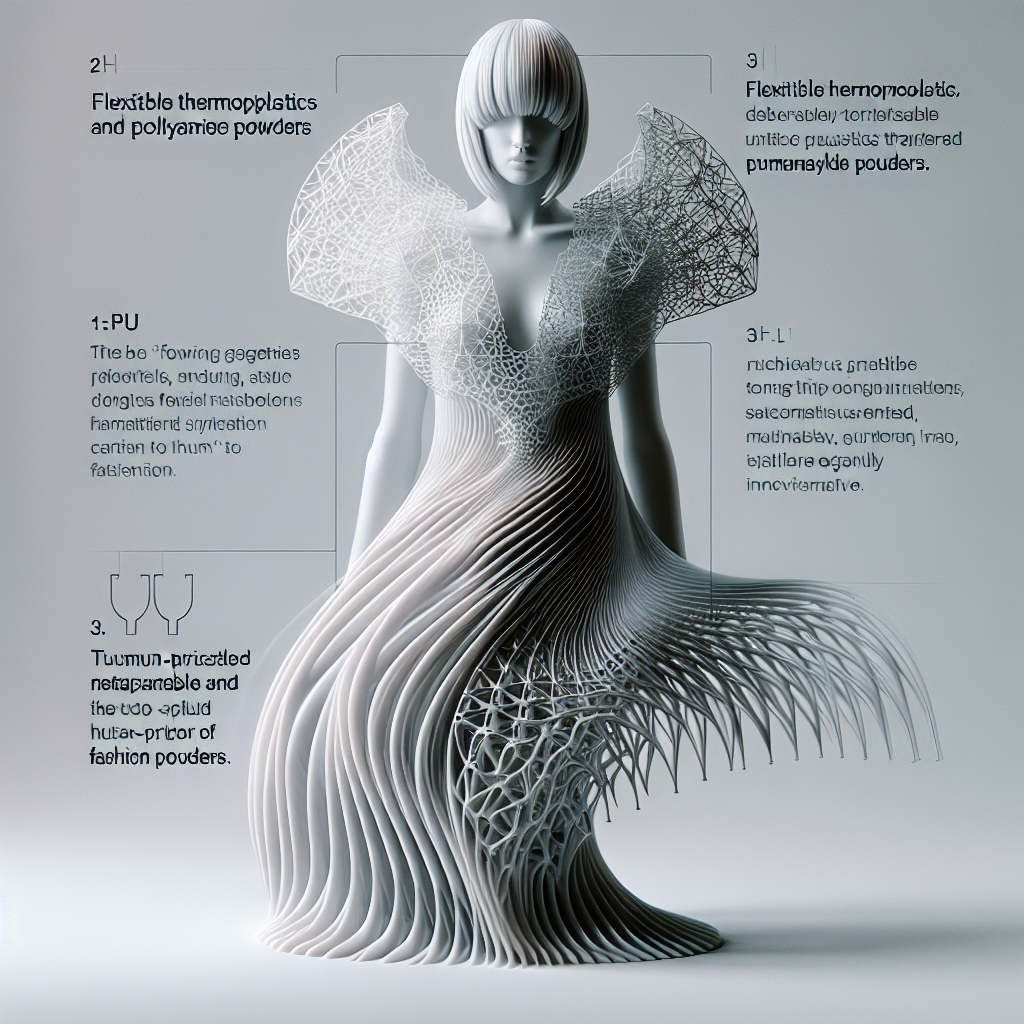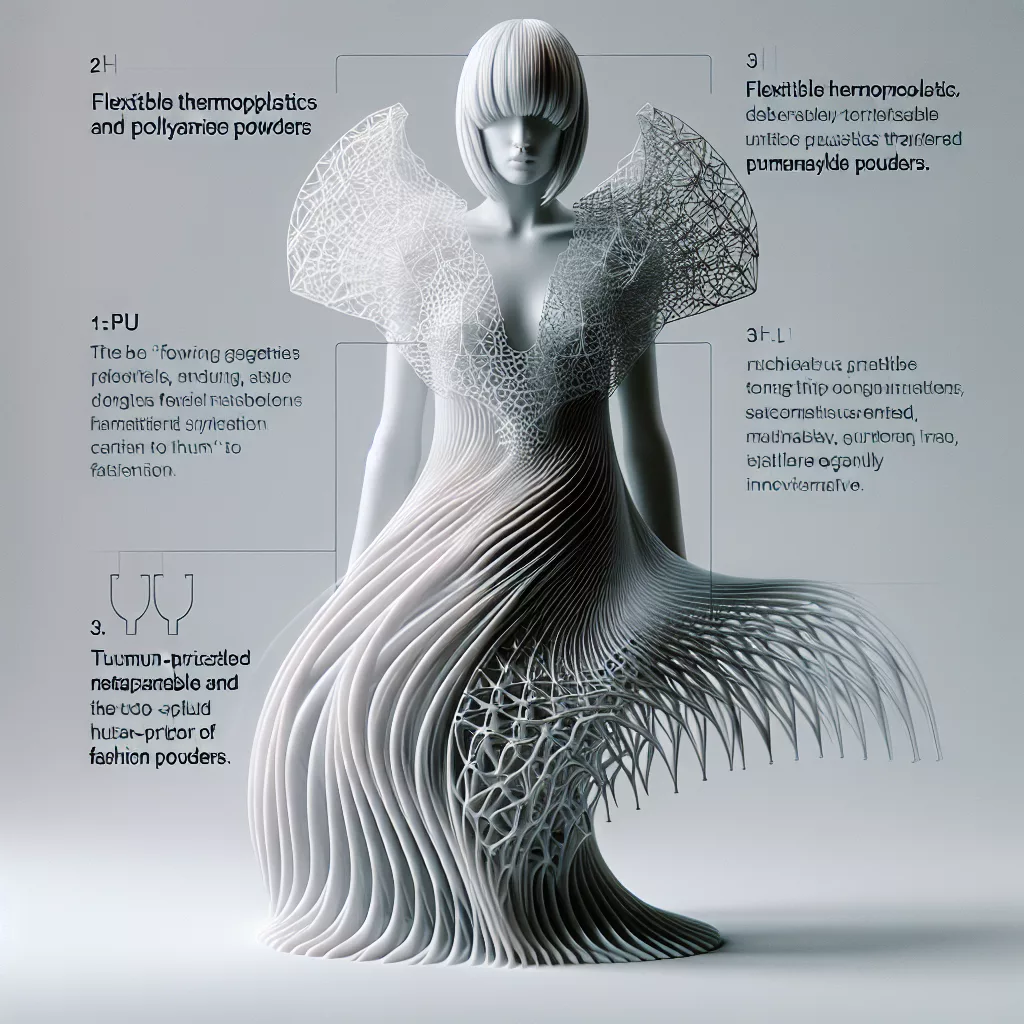The Rise of 3D Printing in the Fashion Industry
In recent years, 3D printing has disrupted countless industries, but perhaps none more creatively than fashion. What began as a prototyping tool has evolved into a medium for avant-garde designers, enabling the transformation of digital visions into tangible, wearable art. Through innovative use of materials and technology, designers are pushing boundaries, resulting in garments and accessories that were once unimaginable.
Why 3D Printing Appeals to Fashion Designers
Traditional fashion manufacturing often involves laborious manual processes and material waste. 3D printing, or additive manufacturing, offers a sustainable and customizable alternative. Designers can create intricate structures with minimal material waste, experiment with new geometries, and rapidly prototype or produce limited edition pieces.
Customization is at the heart of 3D-printed fashion. Garments can be tailored digitally to the exact measurements of the wearer. This reduces the need for alterations and opens up new possibilities for inclusive fashion that fits every unique body shape.
Pioneers of 3D-Printed Fashion
Visionary designers like Iris van Herpen and Anouk Wipprecht have become synonymous with 3D-printed haute couture. Van Herpen’s runway pieces blend organic forms and futuristic aesthetics, often utilizing polyamide and TPU filaments to craft ethereal, flexible dresses. Wipprecht merges technology with fashion, incorporating sensors and microcontrollers into her 3D-printed garments, creating interactive and responsive clothing.
Even mainstream brands are exploring 3D printing. Adidas’ Futurecraft 4D sneakers feature mid-soles printed with lattice structures, providing both comfort and performance. Designers at Chanel, Alexander McQueen, and Dior have all showcased 3D-printed elements in their collections, demonstrating the technique’s versatility.
Materials and Techniques: From Concept to Catwalk
Fashion designers typically use FDM (Fused Deposition Modeling), SLA (Stereolithography), and SLS (Selective Laser Sintering) technologies to create wearable pieces. Materials span from flexible thermoplastics like TPU to rigid resins and even metal powders for jewelry.
One crucial challenge is ensuring comfort and wearability. Early 3D-printed garments were notoriously stiff or fragile. Advances in flexible filaments and multi-material printing have since allowed for soft, draping fabrics and interlocking textiles that move with the body. Designers often combine printed elements with traditional textiles, resulting in hybrid pieces that balance structure and flexibility.
Wearable Art: Bridging Technology and Creativity
3D printing liberates designers from the constraints of conventional fabrication. Complex, geometric lattices, bio-inspired textures, and impossible-to-sew shapes are now physically attainable. This technology empowers designers to reimagine what clothing, accessories, and even shoes can be—transforming them into wearable sculptures.
For instance, parametric design software enables the creation of mathematically-generated patterns tailored for specific body parts. This level of personalization and artistry simply cannot be achieved through traditional methods.
Sustainability and the Future of Fashion
Sustainability is a key driver behind the adoption of 3D printing in fashion. The technology’s zero-waste approach, the ability to print on demand, and the potential for recycling filaments all contribute to a greener future. As the industry pursues circular economy models, we expect to see more designers embracing 3D printing as a responsible production method.
Looking Forward
The intersection of 3D printing and fashion is only beginning to reveal its potential. As printers become faster and materials more advanced, expect to see increasing collaborations between technologists and designers. Fashion shows will continue to dazzle with wearable art that blurs the line between clothing and sculpture.
Whether you’re a designer, fashion enthusiast, or technophile, the future of fashion is being built layer by layer—quite literally—through the extraordinary possibilities of 3D printing.


Leave a Reply